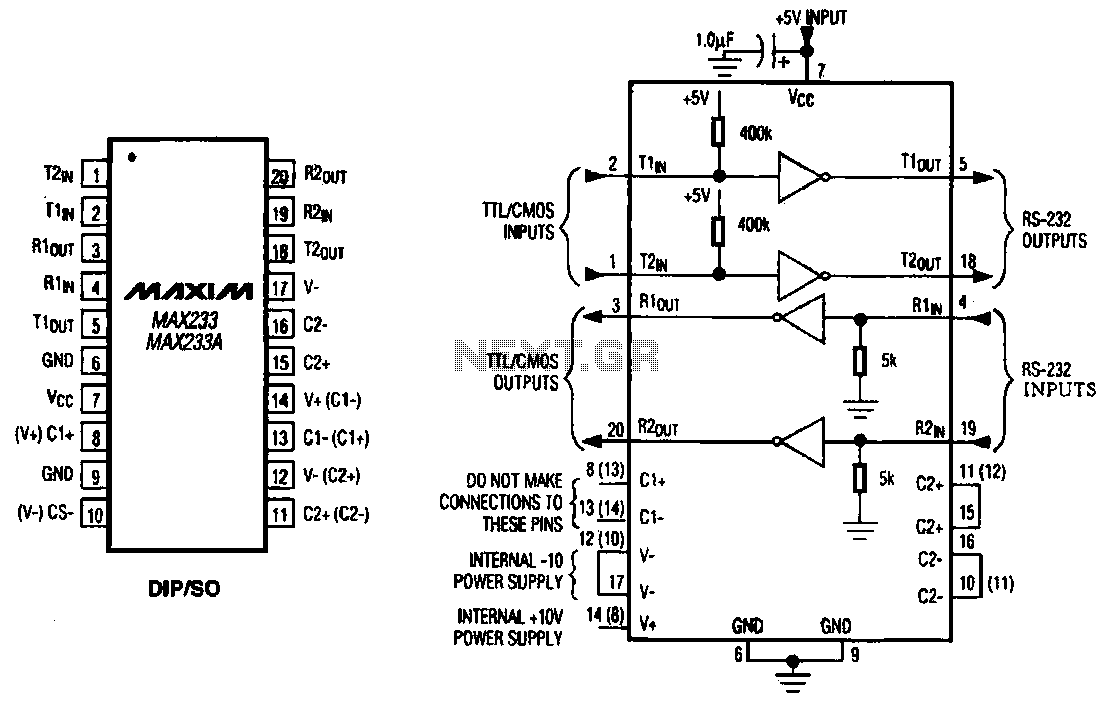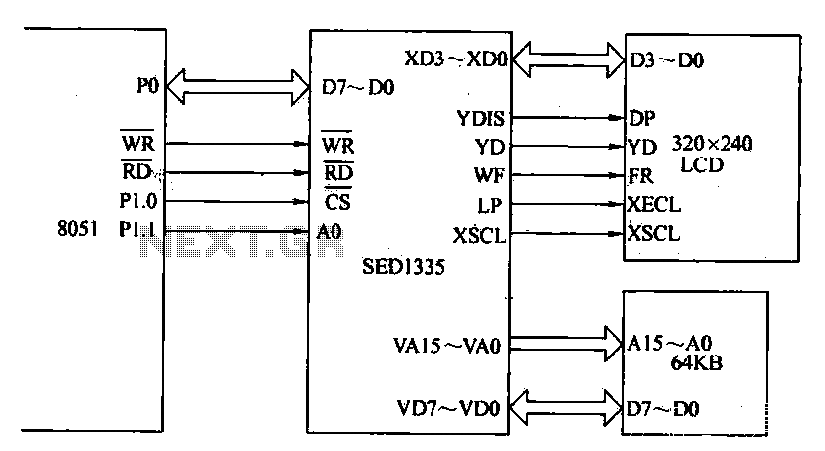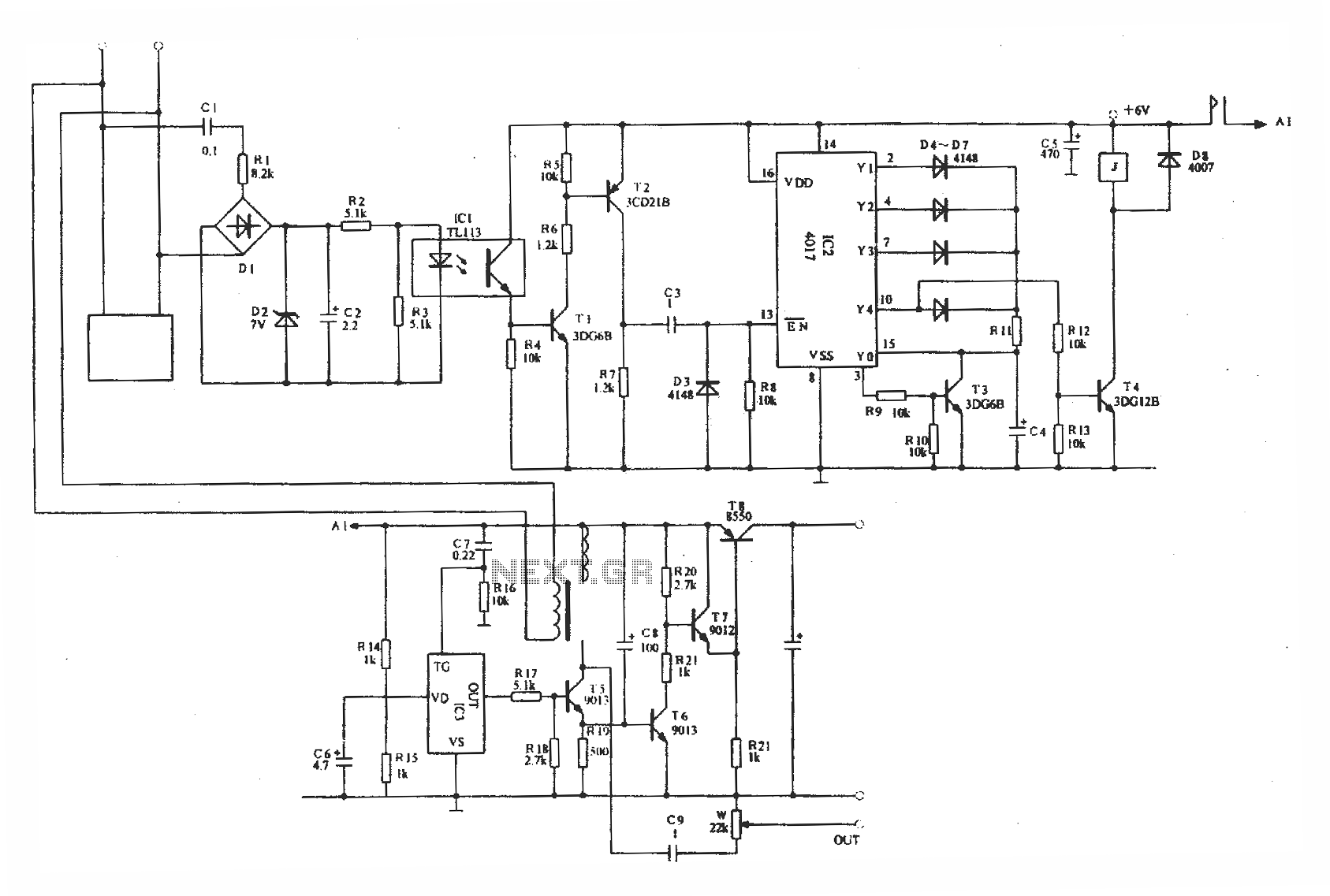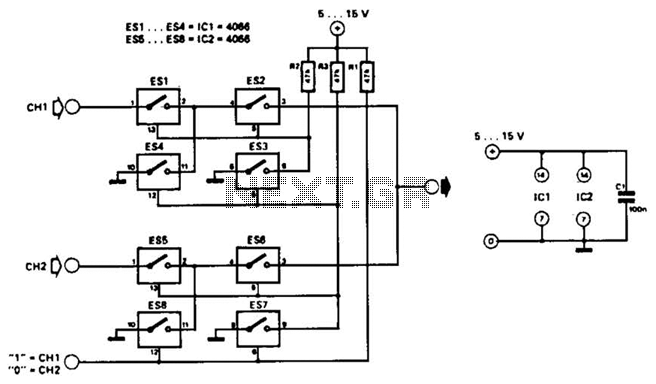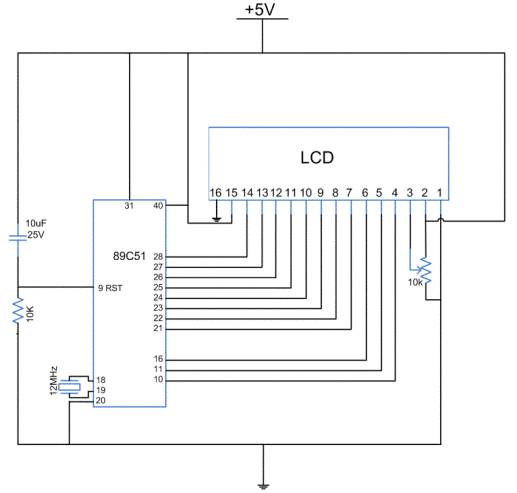
Human-Computer Interface Technology 1
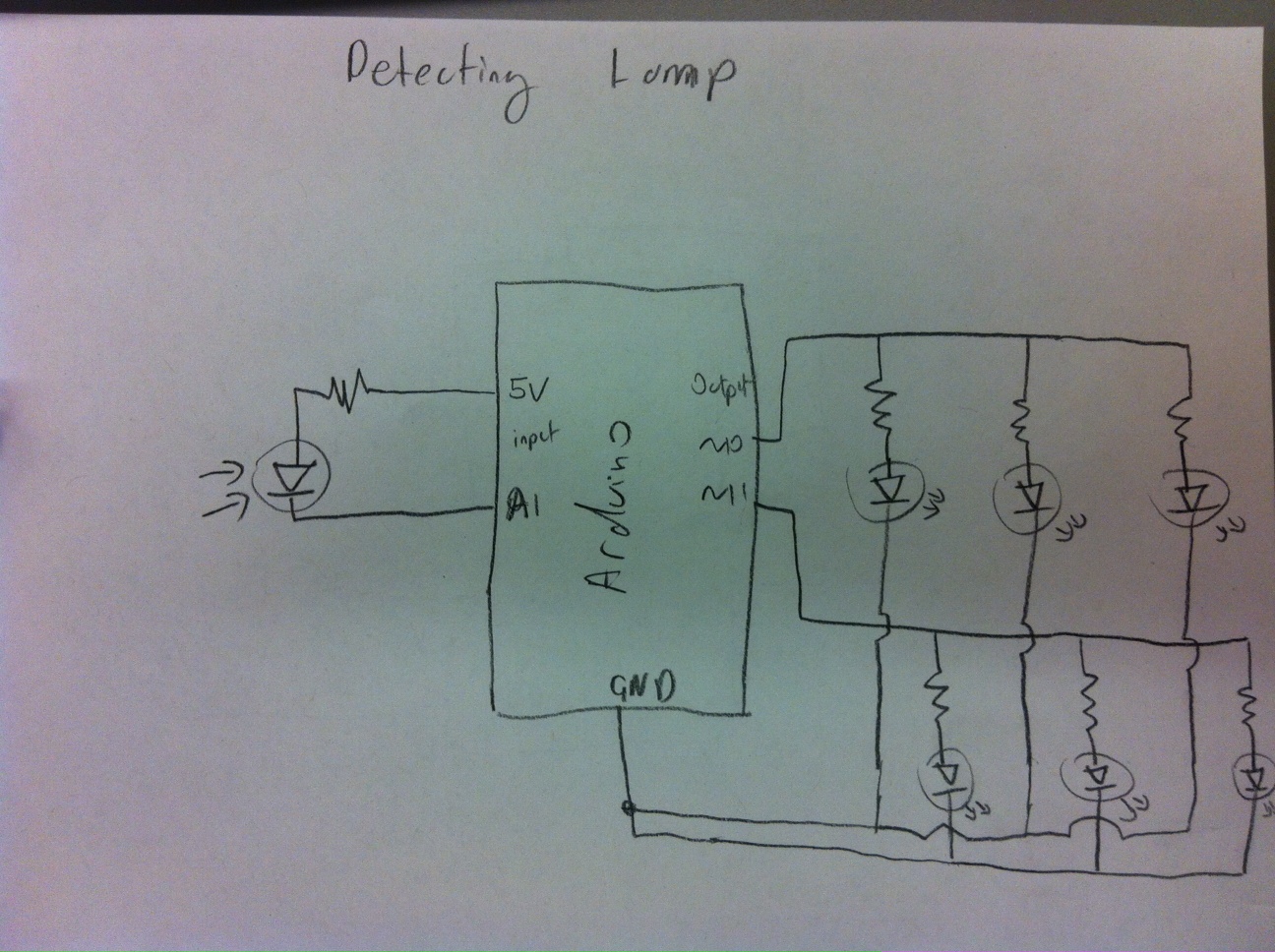
A habit-acquisition system that tags physical objects, such as dumbbells and medicine bottles, with RF tags or microcontrollers to detect and log user interactions with these items. It includes virtual plants and creatures that simulate the health of real-world aspects like work, schedules, or relationships based on online communication. The system features a clear interface for tracking various elements and involves a game played on a digital surface where the physical location and orientation of game pieces influence different behaviors, events, and outcomes. Additionally, it incorporates a multiuser NFC laptop lock screen that tracks recent users of the computer, retaining traces of their presence and usage, which aids in making applications more discoverable at specific workstations. The virtual spatial interface allows users to transfer virtual objects between screens or computers using gestures. An object-oriented programming language is represented by physical Lego-style blocks, where each block corresponds to an object with a series of functions, allowing users to create complete programs by connecting blocks in various ways. The system will develop a variety of sensors to be attached to everyday objects, such as medicine boxes and exercise equipment, which will detect disturbances and update a habit-tracking application on mobile or computer devices. The concept emerged from recognizing the difficulty in profiling essential objects for individuals, while also realizing that everyday interactions with items like medicine bottles and dumbbells could be coupled with computer reminders. This approach could significantly benefit individuals on medical regimens or those attempting to establish new habits, fostering engaging human-computer interactions by imbuing common objects with intelligence that extends beyond mere disturbance detection.
The habit-acquisition system utilizes RF tags or microcontrollers to create an interactive environment that tracks user engagement with physical objects. By tagging items such as dumbbells and medicine bottles, the system can log interactions, thereby providing valuable data for habit formation. The integration of virtual entities that reflect the health of real-world aspects serves to enhance user engagement, making the tracking of habits more relatable and impactful.
The interface designed for this system allows users to visualize their interactions with various objects seamlessly. The gaming component introduces a layer of interactivity, where the positioning and orientation of game pieces on a digital surface can trigger specific events and outcomes, thereby enriching the user experience. The multiuser NFC laptop lock screen not only tracks user activity but also serves as a platform for discovering which applications are commonly used, optimizing workflow and productivity.
The virtual spatial interface enables users to manipulate digital objects across multiple screens, promoting an intuitive interaction model through gesture-based controls. This feature enhances the overall user experience by making the digital environment more fluid and responsive to physical actions.
Furthermore, the object-oriented programming language embodied by physical Lego-style blocks encourages creativity and learning. Each block represents an object with associated functions, allowing users to construct complex programs through simple physical interactions. This educational aspect of the system can appeal to a wide range of users, from children learning programming concepts to adults seeking to enhance their technical skills.
The sensors developed for everyday items will play a crucial role in the habit-acquisition system. By detecting disturbances, these sensors can trigger updates to a habit-tracking application, providing users with timely reminders and insights into their behaviors. This functionality is particularly beneficial for individuals managing health-related habits or striving to establish new routines. The system's capability to transform ordinary objects into intelligent reminders fosters a deeper connection between users and their environments, ultimately supporting a more structured and health-conscious lifestyle.
Overall, the habit-acquisition system presents a multifaceted approach to enhancing user interaction with physical objects, leveraging technology to promote positive behavior changes and improve daily living through intelligent reminders and engaging interfaces.Habit-acquisition system. Tag physical objects like dumbells, medicine bottles, etc with RF tags or microcontrollers, and use them to detect and log users` interactions with these objects. Virtual plants and creatures that simulate the health of real things, like work, schedules, or relationships (as measured by online communication).
Best if a cl ear interface for tracking many different things. A game played on a digital surface where the physical location and orientation of game pieces upon the board causes different game behaviors, events, and outcomes. Multiuser NFC laptop lock screen which tracks recent users of the computer, retaining traces of their presence and usage of the computer.
(Useful for making computer applications more discoverable, if people can see what software is used at a certain workstation. ) Virtual spatial interface across multiple computer screens: ability to throw virtual objects from one screen or computer to another in physical space using gestures.
Object oriented programming language which is embodied by physical lego-styleblocks. Each block corresponds to an object with a series of functions. Plugging blocks together in different ways creates complete programs. We will create a variety of sensors to be attached to everyday objects like medicine boxes and exercise equipment, which detect when they are disturbed and update a habit-tracking application on your phone or computer. We thought of many physical computing ideas, and chose the one that enabled the most interesting interaction cycle between the user and computer.
Dale and Collin were interested in using NFC tags to remind themselves when they forgot to bring things with them. Raymond noticed he left things untouched that he wanted to use, like vitamins, whey, and dumbbells. We realized that it`s hard to profile what objects should be on someone at all times, but it is much easier to couple everyday interactions with objects like medicine bottles and dumbbells to a computer.
What if those objects could remind us when they were left unused This is useful; it would solve problems for anyone on a medical regimes or trying to build a new habit. It also enables some of the most interesting human-computer interactions among all the ideas we considered, since it it imbues common objects with intelligence which can go far beyond sensing disturbances, enabling a whole class of interactions between people and things around them.
Habit tracking serves strong needs for a few user groups. The elderly and those suffering from Alzheimer`s would benefit massively from reminders for their daily habits. For both the elderly on a particular day or mobile or desktop compgory of athletes extendlerts for objects that and blue in Processinlly, we could improve the smoothness of the mapping from linear values (n`t short out any conne fourth modes are for cycling throut int softpot = A0;res a dark room).
Begin by properly state = OFF; } } } 🔗 External reference
The habit-acquisition system utilizes RF tags or microcontrollers to create an interactive environment that tracks user engagement with physical objects. By tagging items such as dumbbells and medicine bottles, the system can log interactions, thereby providing valuable data for habit formation. The integration of virtual entities that reflect the health of real-world aspects serves to enhance user engagement, making the tracking of habits more relatable and impactful.
The interface designed for this system allows users to visualize their interactions with various objects seamlessly. The gaming component introduces a layer of interactivity, where the positioning and orientation of game pieces on a digital surface can trigger specific events and outcomes, thereby enriching the user experience. The multiuser NFC laptop lock screen not only tracks user activity but also serves as a platform for discovering which applications are commonly used, optimizing workflow and productivity.
The virtual spatial interface enables users to manipulate digital objects across multiple screens, promoting an intuitive interaction model through gesture-based controls. This feature enhances the overall user experience by making the digital environment more fluid and responsive to physical actions.
Furthermore, the object-oriented programming language embodied by physical Lego-style blocks encourages creativity and learning. Each block represents an object with associated functions, allowing users to construct complex programs through simple physical interactions. This educational aspect of the system can appeal to a wide range of users, from children learning programming concepts to adults seeking to enhance their technical skills.
The sensors developed for everyday items will play a crucial role in the habit-acquisition system. By detecting disturbances, these sensors can trigger updates to a habit-tracking application, providing users with timely reminders and insights into their behaviors. This functionality is particularly beneficial for individuals managing health-related habits or striving to establish new routines. The system's capability to transform ordinary objects into intelligent reminders fosters a deeper connection between users and their environments, ultimately supporting a more structured and health-conscious lifestyle.
Overall, the habit-acquisition system presents a multifaceted approach to enhancing user interaction with physical objects, leveraging technology to promote positive behavior changes and improve daily living through intelligent reminders and engaging interfaces.Habit-acquisition system. Tag physical objects like dumbells, medicine bottles, etc with RF tags or microcontrollers, and use them to detect and log users` interactions with these objects. Virtual plants and creatures that simulate the health of real things, like work, schedules, or relationships (as measured by online communication).
Best if a cl ear interface for tracking many different things. A game played on a digital surface where the physical location and orientation of game pieces upon the board causes different game behaviors, events, and outcomes. Multiuser NFC laptop lock screen which tracks recent users of the computer, retaining traces of their presence and usage of the computer.
(Useful for making computer applications more discoverable, if people can see what software is used at a certain workstation. ) Virtual spatial interface across multiple computer screens: ability to throw virtual objects from one screen or computer to another in physical space using gestures.
Object oriented programming language which is embodied by physical lego-styleblocks. Each block corresponds to an object with a series of functions. Plugging blocks together in different ways creates complete programs. We will create a variety of sensors to be attached to everyday objects like medicine boxes and exercise equipment, which detect when they are disturbed and update a habit-tracking application on your phone or computer. We thought of many physical computing ideas, and chose the one that enabled the most interesting interaction cycle between the user and computer.
Dale and Collin were interested in using NFC tags to remind themselves when they forgot to bring things with them. Raymond noticed he left things untouched that he wanted to use, like vitamins, whey, and dumbbells. We realized that it`s hard to profile what objects should be on someone at all times, but it is much easier to couple everyday interactions with objects like medicine bottles and dumbbells to a computer.
What if those objects could remind us when they were left unused This is useful; it would solve problems for anyone on a medical regimes or trying to build a new habit. It also enables some of the most interesting human-computer interactions among all the ideas we considered, since it it imbues common objects with intelligence which can go far beyond sensing disturbances, enabling a whole class of interactions between people and things around them.
Habit tracking serves strong needs for a few user groups. The elderly and those suffering from Alzheimer`s would benefit massively from reminders for their daily habits. For both the elderly on a particular day or mobile or desktop compgory of athletes extendlerts for objects that and blue in Processinlly, we could improve the smoothness of the mapping from linear values (n`t short out any conne fourth modes are for cycling throut int softpot = A0;res a dark room).
Begin by properly state = OFF; } } } 🔗 External reference
